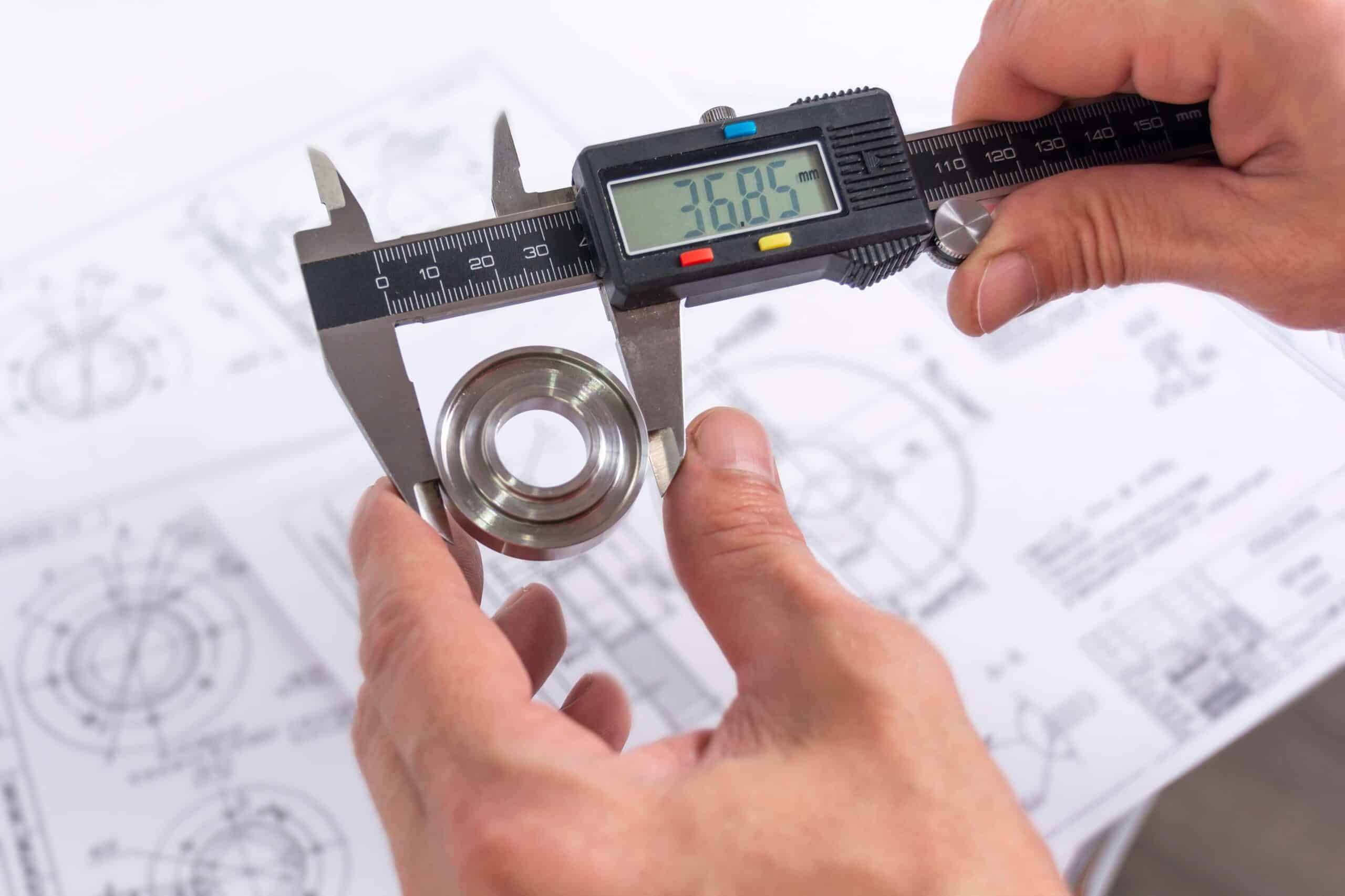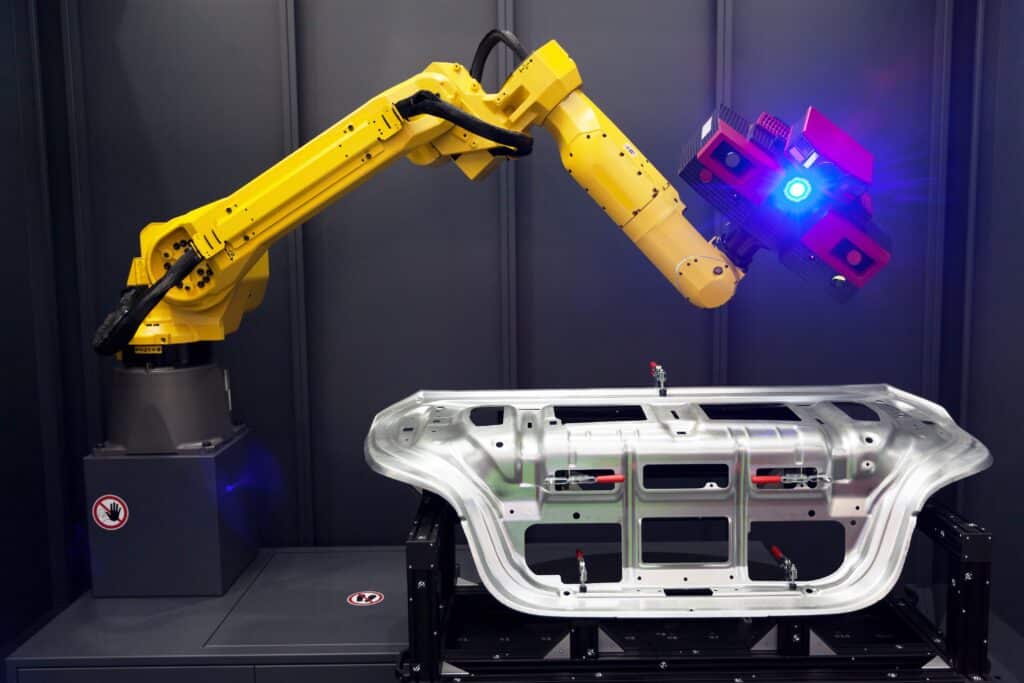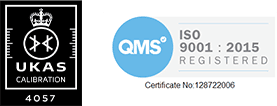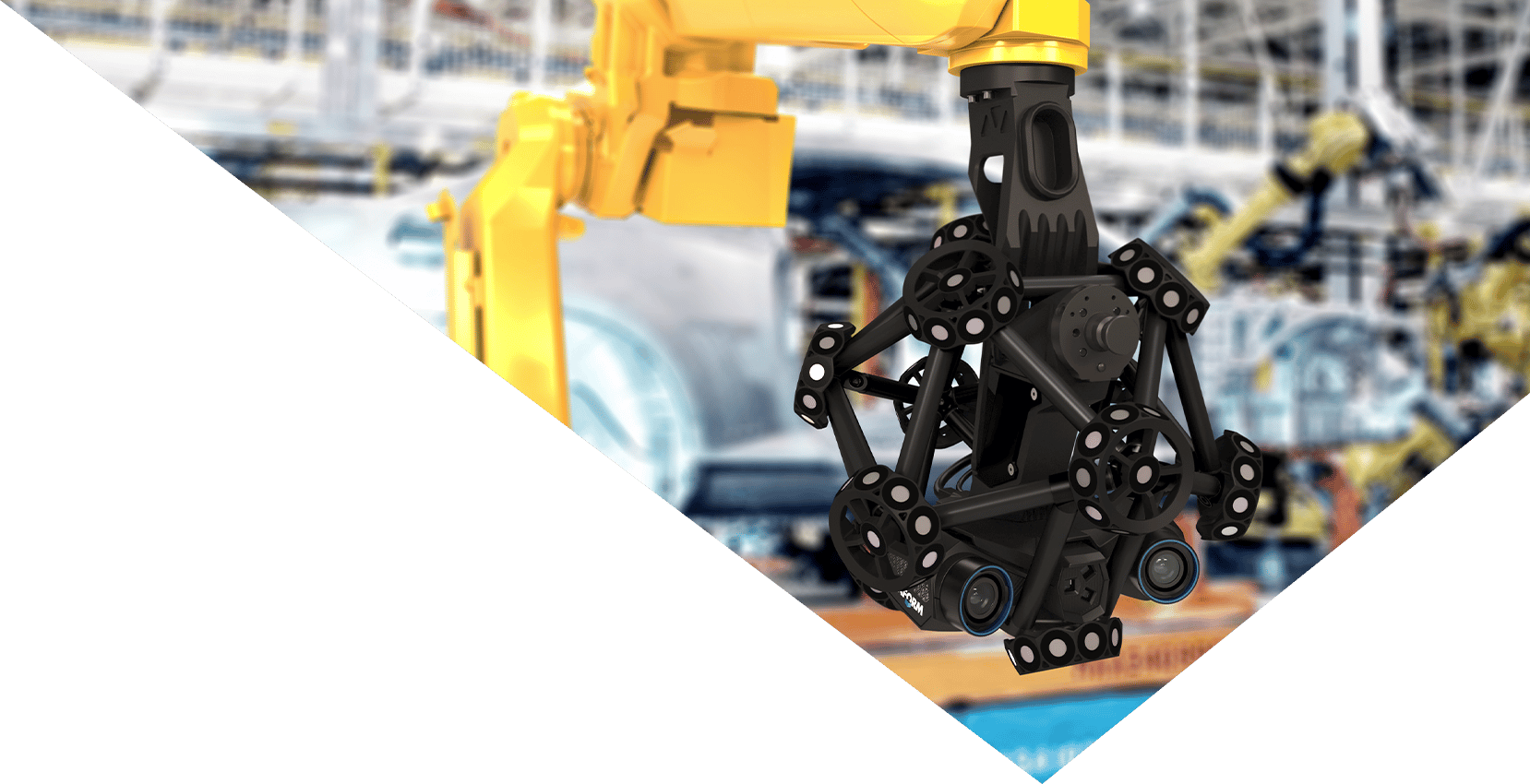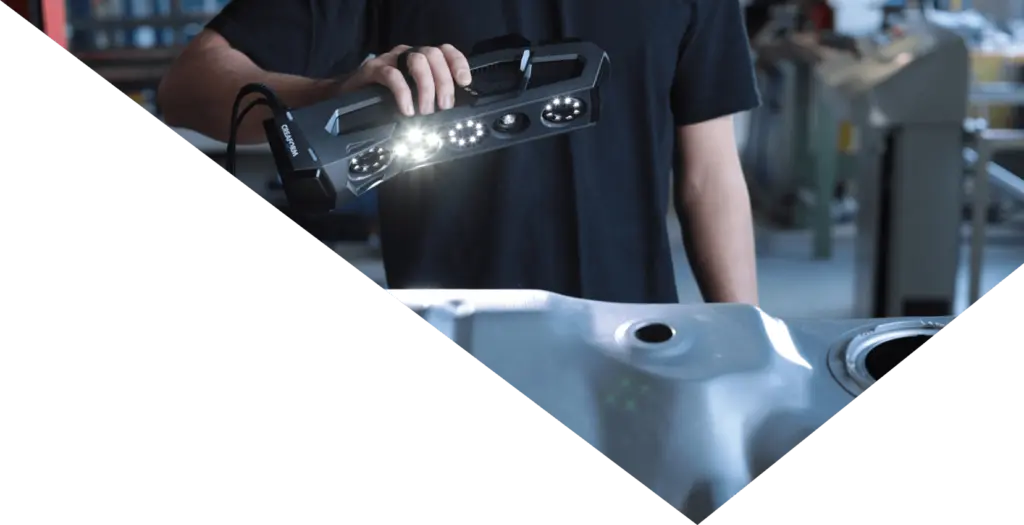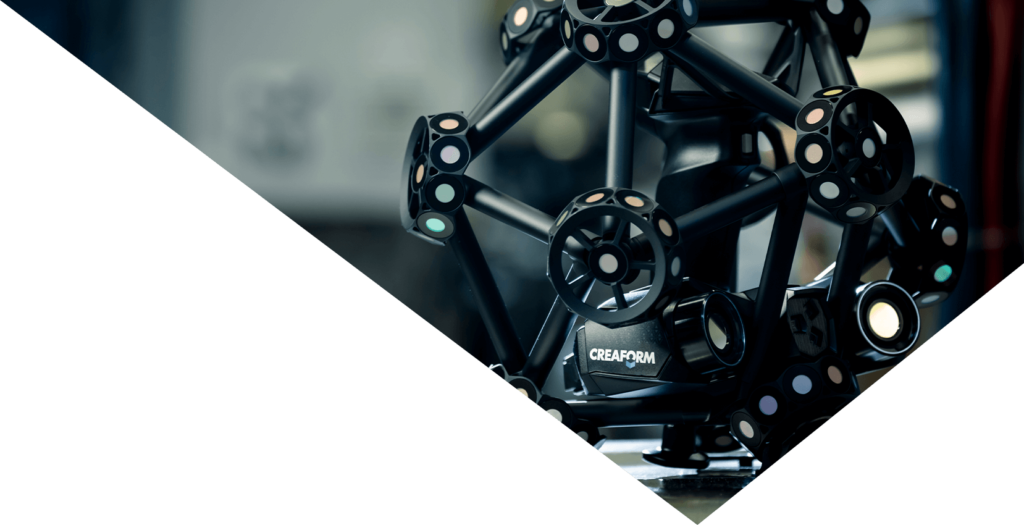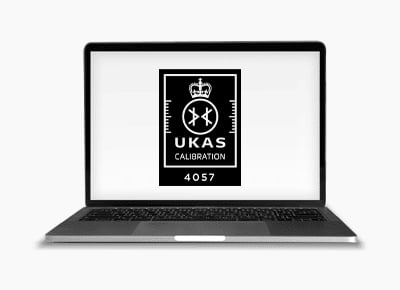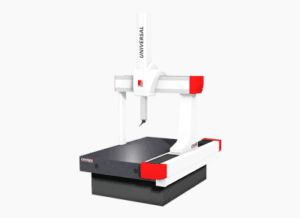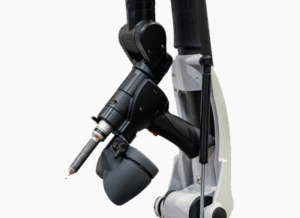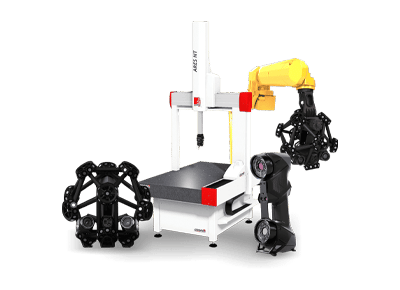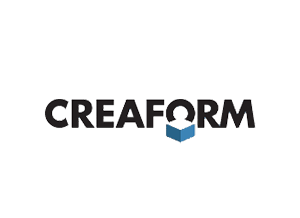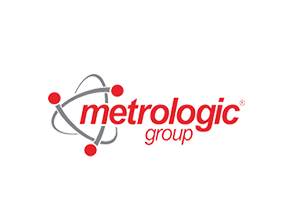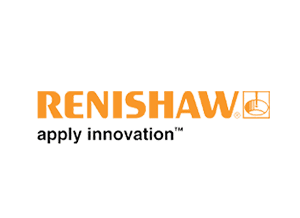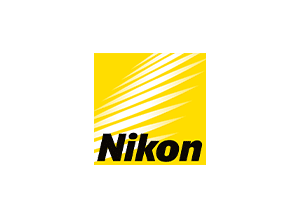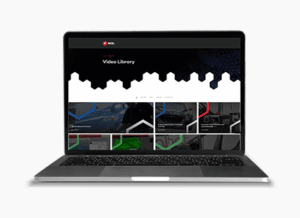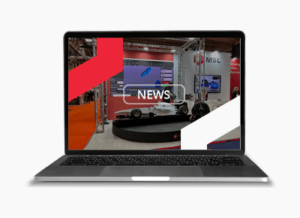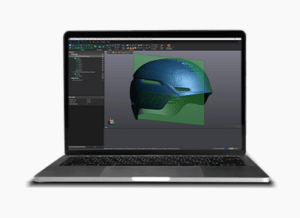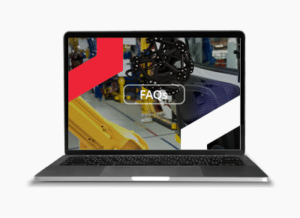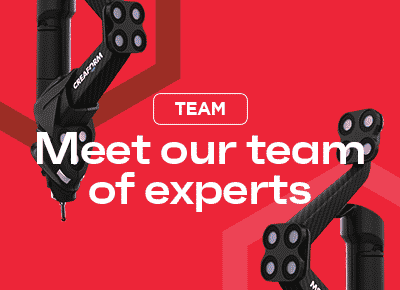Metrology is the science of measurement. It includes a huge range of activities, disciplines and applications but is focused on one thing: the precise and accurate measurement of quantities. Whether it’s in manufacturing, product design, quality control, or scientific research (and even in day-to-day life), metrology equipment plays a crucial role in standardising parts measurement and ensuring they meet their design specifications.
To that end, two of the most important aspects of metrology are standardisation and calibration.
Standardisation
The standardisation of weights and measures took place in the late 20th century, and almost single-handedly enabled complex, multi-partner projects to become possible.
Historically, builders relied on physical tools like ‘poles’ to standardise measurements on construction sites. A pole is about 4 feet in length but varied from site to site, it was used to set the standard for that particular project and helped builders create bigger and more complex structures where everything was 1 pole or a multiple thereof. However, significant regional variations prevented multi-partner collaborations as different people would think (and quote) in different measures.
This led to the establishment of the International Bureau of Weights and Measures (BIPM) in 1875 under the Metre Convention. The BIPM aims to build worldwide uniformity in measurements significantly increasing the ability of manufacturers around the globe to collaborate, working together with a common measure. Some of the benefits include:
Enhanced Precision and Quality
Standardised units of measurement have improved the precision and quality of manufactured goods, ensuring components produced in different parts of the world fit together correctly.
Facilitated International Trade
A universal measurement system simplified international trade by removing the need for conversion between different systems, massively reducing errors and misunderstandings.
Boosted Efficiency and Innovation
Standardisation streamlined manufacturing processes, making them more efficient and cost-effective. It also paved the way for innovation, allowing engineers and designers to share and build on each other work.
Improved Safety and Compliance
Uniform standards make it easier to regulate and ensure the safety of products, as compliance can be measured against a common set of criteria.
Enhanced Interoperability
Standardisation further helps the interoperability of products, components, and systems from different manufacturers, contributing to the development of complex, multi-partner engineering projects.
By a common unit of measurement, the BIPM played a crucial role in the advancement of global manufacturing, enabling an unprecedented level of collaboration and efficiency across borders.
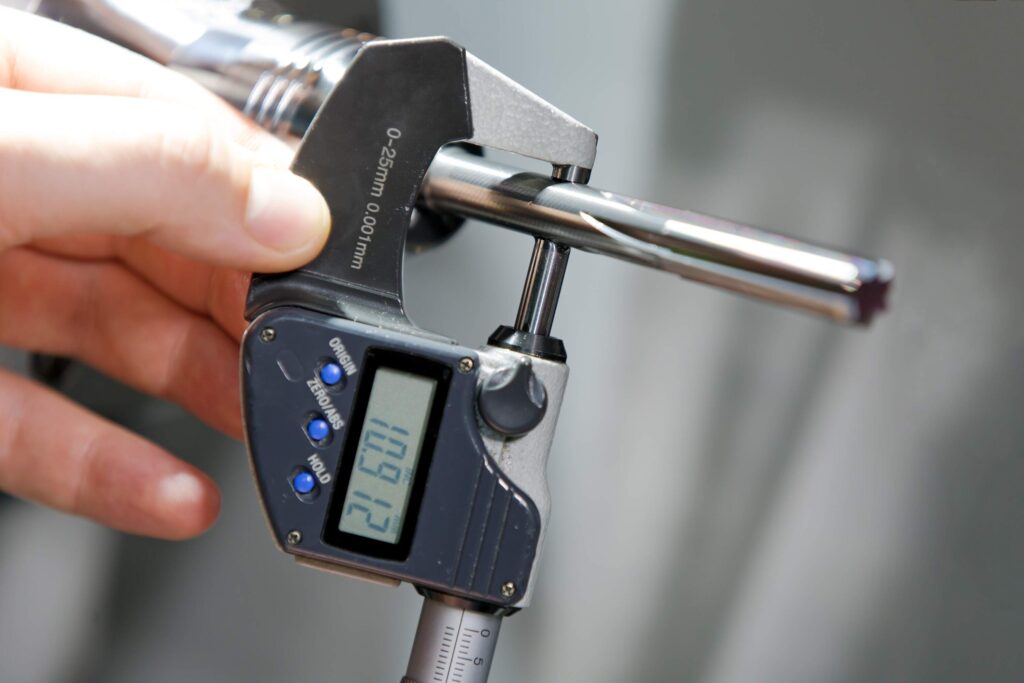 Calibration
Calibration
Calibration is a cornerstone of metrology, ensuring data from measurement instruments is accurate and reliable. It involves comparing a measurement device (e.g. a 3D scanner or CMM) to a known standard to identify its ability to detect and report any discrepancy in the device’s readings. Adjustments can then be made to ensure that it’s working correctly. This process is vital for maintaining the reliability of measurements giving data that can be used in quality control, product development, and across your manufacturing process.
Without regular calibration, the precision and accuracy of measurements will drift over time, leading to errors in product specifications, safety risks, and potential financial losses. In manufacturing the calibration of tools and equipment impacts the consistency and quality of data that’s used to make decisions. In processes where safety is paramount (e.g. aerospace engines), wrong decisions can be disastrous so calibration is critical for ensuring you’re your metrology devices are performing correctly.
By establishing a traceable link to national and international standards, calibration not only enhances confidence in measurement results but also facilitates global trade by ensuring that products manufactured in different countries adhere to the same quality criteria. Calibration is not just a technical necessity, but a strategic investment in the credibility, safety, and success of any project involving multiple manufacturing sites.
MSL UKAS Accredited Calibration
The United Kingdom Accreditation Service is the sole national accreditation body for the United Kingdom. UKAS is recognised by the UK government to assess organisations that provide certification, testing, inspection and calibration services against internationally agreed standards. Accreditation by UKAS demonstrates the competence, impartiality and performance capability of evaluators – in short, UKAS ‘checks the checkers’.
By using a UKAS accredited organisation like MSL, you have an assurance of the competence, impartiality and integrity of conformity of the work done by us. UKAS accredited certification, testing, inspection and calibration also reduce the need for suppliers to be assessed by each of their customers.
